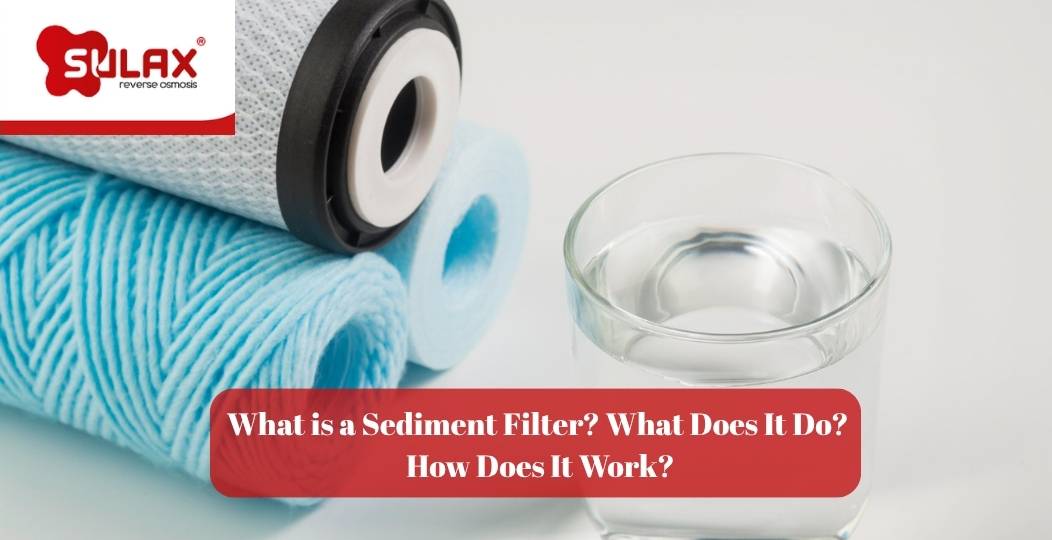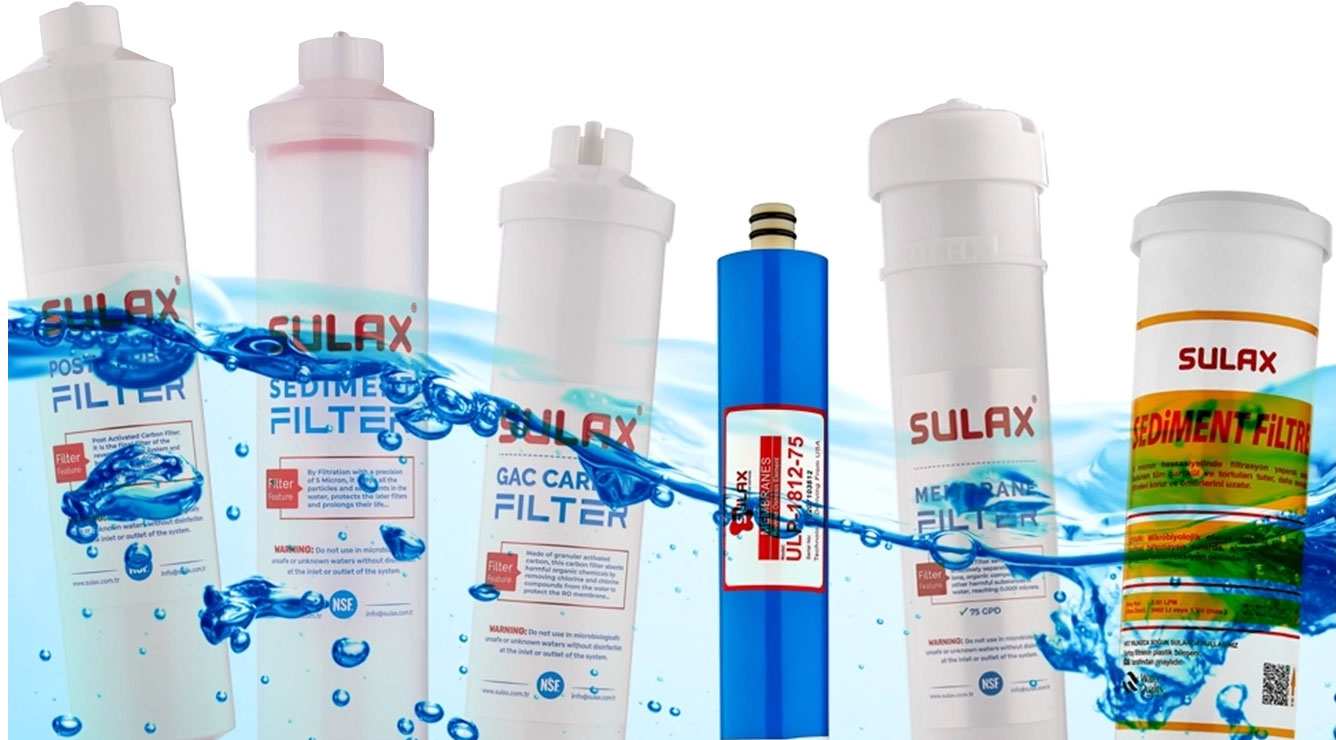
A sediment filter is a type of filter that removes visible or micron-sized solid particles such as sand, mud, sediment, and rust from water, ensuring clean and clear water.
Sediment filters are the first stage in water purification systems and provide physical cleaning of water. They do not change the taste or chemical structure of the water; they only remove physical contaminants.
Sediment filters provide physical purification of water. This clears up the water and protects the other systems in the filtration unit. Additionally:
A sediment filter works by straining physical contaminants at the micron level as water passes through it. The process is simple but highly effective. The working steps of a sediment filter are:
Sediment filters vary depending on water contamination level, area of use, and required filtration precision. Common types of sediment filters include:
A sediment filter should be installed as the first filter in a water purification system. This protects the other filters from getting dirty. Choose the correct filter based on the water's contamination level (e.g., 1, 5, or 10 microns), and do not apply high pressure water to the filter. You can check our Luxury Black Sediment 1 model for this purpose.
For sediment filter maintenance, inspect the color and water flow every 2–3 months. For home use, sediment filters should be replaced every 6 months. In heavily contaminated water, a 4-month replacement cycle is recommended. Also, check for leaks and gasket wear when replacing the filter.
The working principle of a sediment filter relies on physically separating solid substances from water through mechanical filtration. This process does not involve chemical reactions or electrical processes. Water enters the filter, sediment is removed, and the filtered water continues to the next stage.
Follow these steps during sediment filter installation:
The micron rating determines the size of particles the filter can trap. A 10-micron filter is used for large particles like sand and gravel. A 5-micron filter is ideal for home use and removes rust and medium-sized debris. A 1-micron filter captures finer, invisible particles.
There are different types of sediment filters. Spun fiber filters are disposable and cannot be washed. Mesh filters can be washed and reused. For best results, seek assistance from a professional brand.
Home-use sediment filters should be replaced approximately every 6 months. In more polluted environments, this interval may be shorter. A decrease in filter performance is a sign that replacement is due.
If the sediment filter is not replaced, water flow decreases, system performance drops, other filters become dirty more quickly, and risk of damage increases. Water quality may decline, potentially posing health risks.

Fill out the form and be the first to enjoy the benefits!